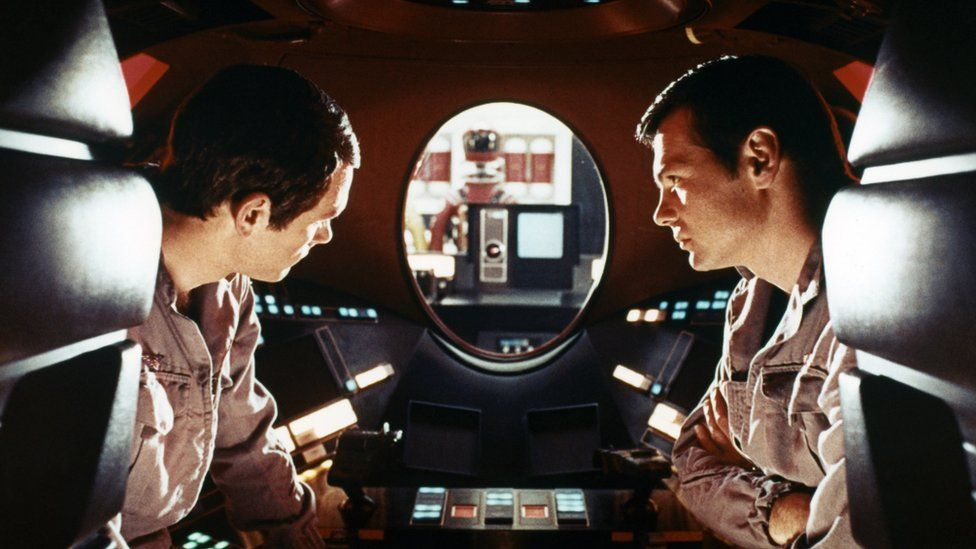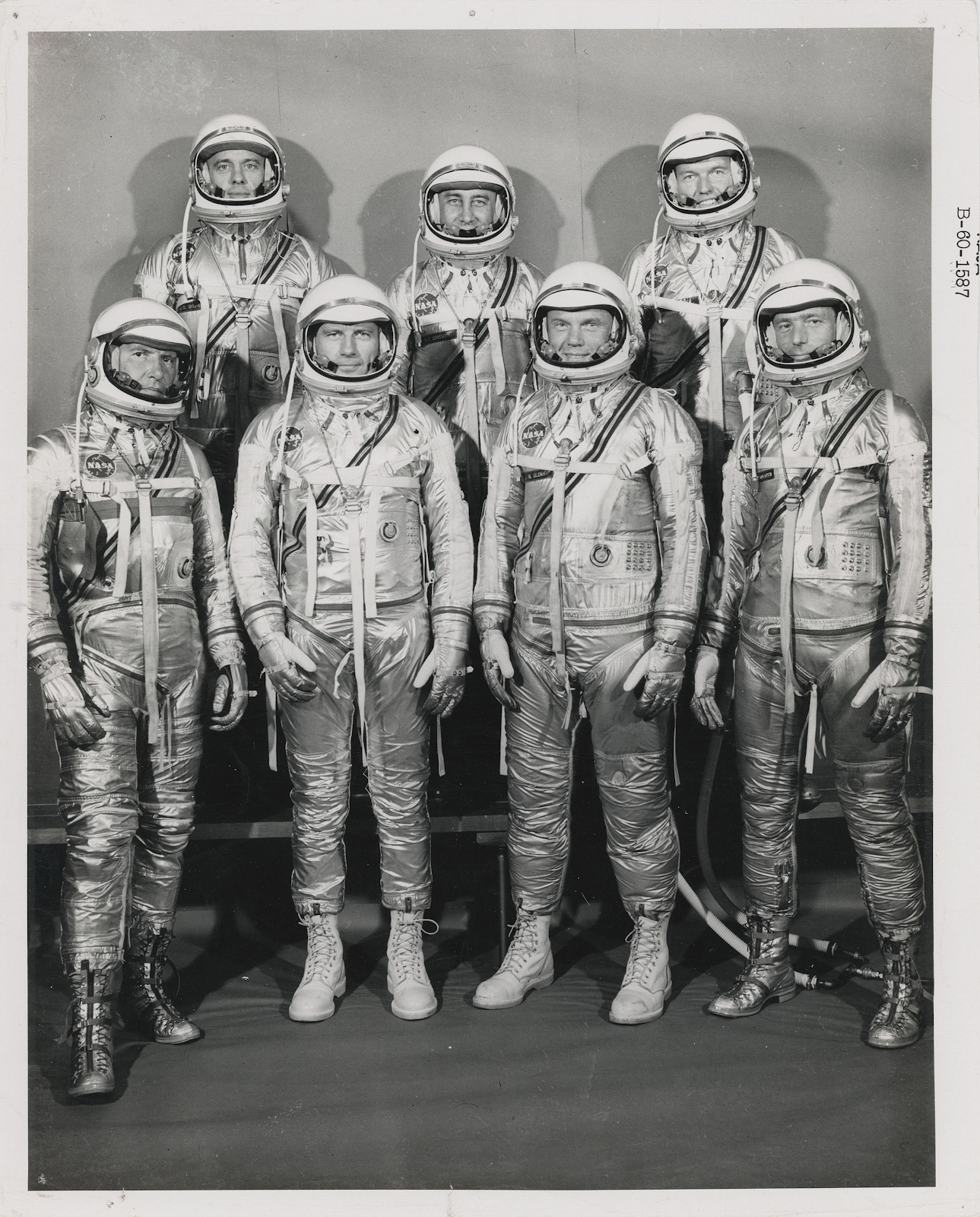..
(Somewhere out on the ocean) -- Noah probably didn’t pay much attention to all the debris from the land that rushed into the sea when it rained forty days and nights during the Great Flood. But in those days, everything was of Biblical proportion. There was also no mention in the Old Testament as to who was going to clean it all up when the waters receded; the chapter forgotten, left out, assigned to a lesser uncredited scribe.
The Achaeans having sacked, pillaged, looted and burned Troy to the ground, didn’t pay much attention to the mess they left behind in the harbor as they sailed away victorious with the spoils of war. Homer fails to mention the condition of the Mediterranean, concerned more with what Odysseus would encounter next in his twenty-year journey to return to Ithaca.
When the Brits retreated from Dunkirk, they left behind a monumental heap of garbage; when the Allies hit Normandy on D-Day, the last thing on Ike’s mind was policing the beach, some enlisted personnel out there on trash detail. Those responsible were hidden in the holds of the ark, the galleons and the landing craft.
Now it's modern times, the 21st Century. Out on the oceans huge whirlpools, known as “gyres” controlling the flow of water between the continents, have collected all the debris from centuries past. There are old fishing nets that have been lost in storms or cast overboard intentionally, buoys broken loose and reduced to pebbles. There is garbage, dumped indiscriminately by coastline developing nations as mountains of it in the poor districts of the cities collapse in monsoon avalanches, killing the poor who live by them in crudslides. There is plastic, reduced by saltwater into billions and billions of particles, floating like a primordial soup in the gyres, from the surface down to several fathoms. It can’t be spotted on Google Earth because of the miniscule sizes of the particles, which makes it metaphorically akin to sweeping it under the carpet; an invisible floating continent.
Of the many environmentalist organizations active in monitoring the crisis, Greenpeace is the one with the most name recognition. Press coverage of the group throughout the years has bordered on negative, its ocean-going fleet consists of but three serviceable ships. The Rainbow Warrior has been at the forefront of challenging the whaling industry but beyond that, little attention has been paid to focus world attention on toxic cleanup of the oceans. Part of the reason may be the organization’s budget, a paltry $250 million; possibly also due to the evolution of Greenpeace into a bureaucracy, with a title that conjures up negative publicity and linking it to radicalism on the high seas. Other efforts to create a clean ocean mindset surround attempts to remove the negative stigma of radical response in general, likening it to “marine activism.” Reduced to yet another hippie-type utopian worldview, nations, corporations and individuals responsible for the mess actively seek to address the issue as paranoia generated by those who want clean water on the planet for humans as well as for the creatures who live in it.
Where in the scope of things does clean ocean water fit into the generalized category of climate change? Consider the effect of a plastic soup extending for thousands of square miles, hundreds of feet deep, under the constant pressure of current, solar temperature and saltwater. Next, consider the recent phenomenon known as “atmospheric river” that develops out in the South Pacific and streams inland, inundating the western coastline. It makes for great headlines on an otherwise rather mundane nightly weather report, but little attention is paid to its origin in recent years.
Those same gyres responsible for centering the floating plastic continent out on the ocean are also directly related to the flow of the river of rain onto the shore; the air superheated by the polyvinyl chloride (PVC) aqueous solution at sea level. Combined with other forms of atmospheric pollution, commonly aggregated into the category of “acid rain,” the degree of PVC reintroduction via the atmospheric river into the immediate environment may well be underestimated. Due to five years of drought on the West Coast, all of which came to a stunning reversal in a recent winter that saw lakes and reservoirs fill up overnight, no one seemed to care about the Ph content of the water that fell from the sky.
It wasn’t until Bhopal (1964), 3 Mile Island (1979), Chernobyl (1986) and Exxon Valdez (1989) that the true nature of environmental disregard, small or large, became a cumulative effect for the world. If I was a defense attorney and my client, the planet Earth, was on trial, it would not be necessary for me to establish its innocence or guilt. The burden of proof would fall on the prosecution. as to why we do not need to protect the environment. The state would show the futility of safe storage of nuclear waste in deep mine shafts at Yucca Mountain. It would argue that it is unnecessary to sink old cargo ships full of toxic chemical weapons in secure containers off the Atlantic seaboard when it was simpler and more cost effective to destroy them by burning. In its summary, the government’s legal eagles would prove beyond reasonable doubt that the presence of iodine in the atmosphere has nothing to do with ozone depletion.
Thus, it becomes unnecessary for me, in defense of planet Earth, to offer any form of rebuttal that would exonerate my client. I would leave to the scientific experts in the field the task of cleaning up the floating PVC continent; I would let activists march in the streets to demand immediate remedies; I would defer to legislators in the halls of Congress their duty to enact proper legislation to regulate disposal of waste materials.
I can, however, appeal to those who might read this and offer an allegory from a John Carpenter film “The Fog” (1980). At the end, DJ Stevie Wayne (Adrienne Barbeau), broadcasting for radio KAB from the lighthouse, had this warning,
“I don't know what happened to Antonio Bay tonight. Something came out of the fog and tried to destroy us. In one moment, it vanished. But if this has been anything but a nightmare, and if we don't wake up to find ourselves safe in our beds, it could come again. To the ships at sea who can hear my voice, look across the water, into the darkness.
Look for the fog.”
References:
Ocean gyre: https://www.nationalgeographic.org/encyclopedia/ocean-gyre/
Ecotoxicology of Plastic Marine Debris:https://bml.ucdavis.edu/wp-content/pdf/cameos/TheEcotoxicologyofPlasticMarineDebris.pdf
Three Mile Island:
https://www.nrc.gov/reading-rm/doc-collections/fact-sheets/3mile-isle.html
Chernobylt: http://www.world-nuclear.org/information-library/safety-and-security/safety-of-plants/chernobyl-accident.aspx
Exxon Valdez: https://response.restoration.noaa.gov/oil-and-chemical-spills/significant-incidents/exxon-valdez-oil-spill
Yucca Mountain: https://www.nei.org/advocacy/make-regulations-smarter/used-nuclear-fuel
Chemical weapons disposal: https://www.nonproliferation.org/chemical-weapon-munitions-dumped-at-sea/
Iodine and ozone depletion: https://agupubs.onlinelibrary.wiley.com/doi/pdf/10.1029/94JD02028
“The Fog:” https://www.imdb.com/title/tt0080749/
..




